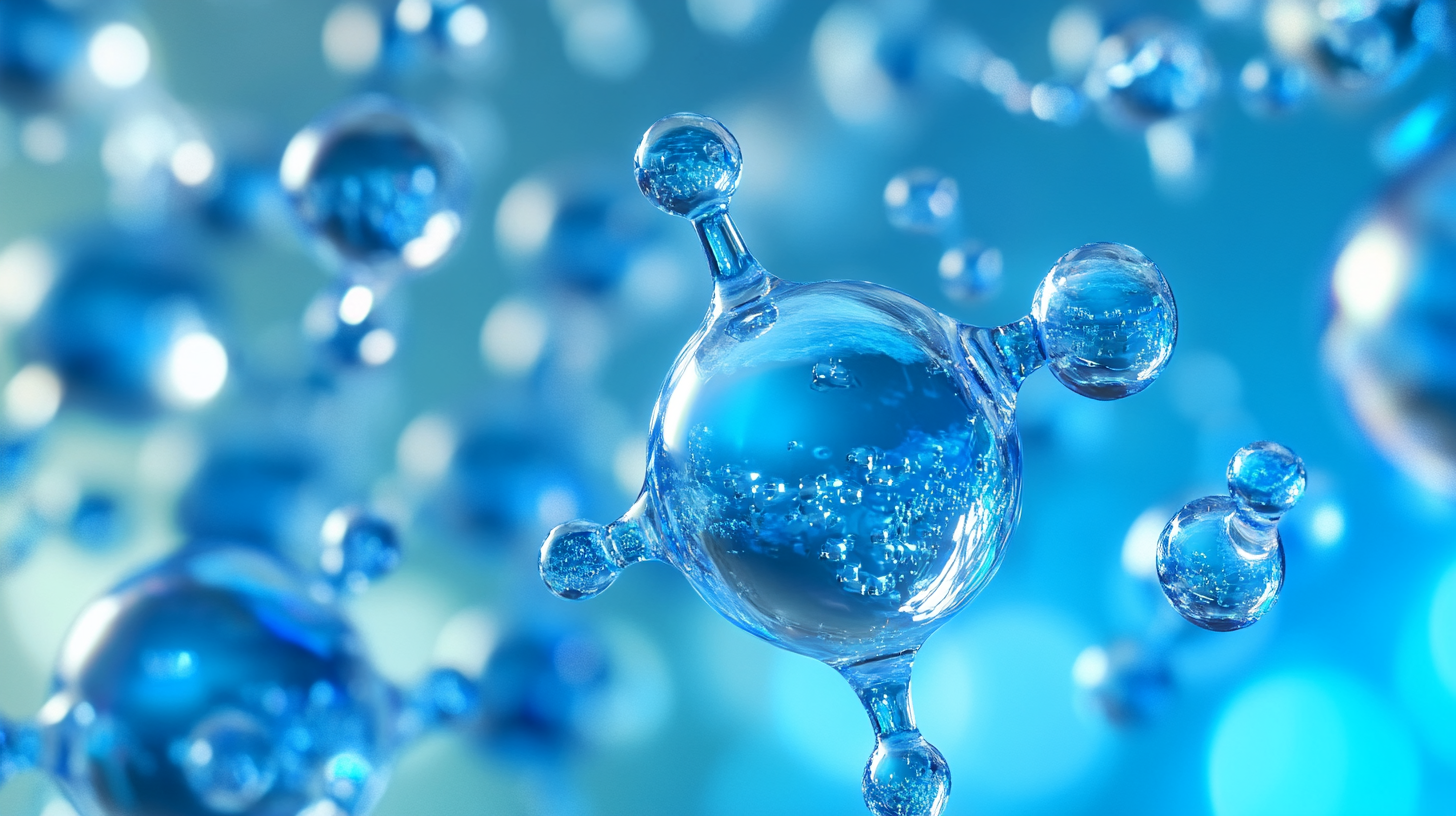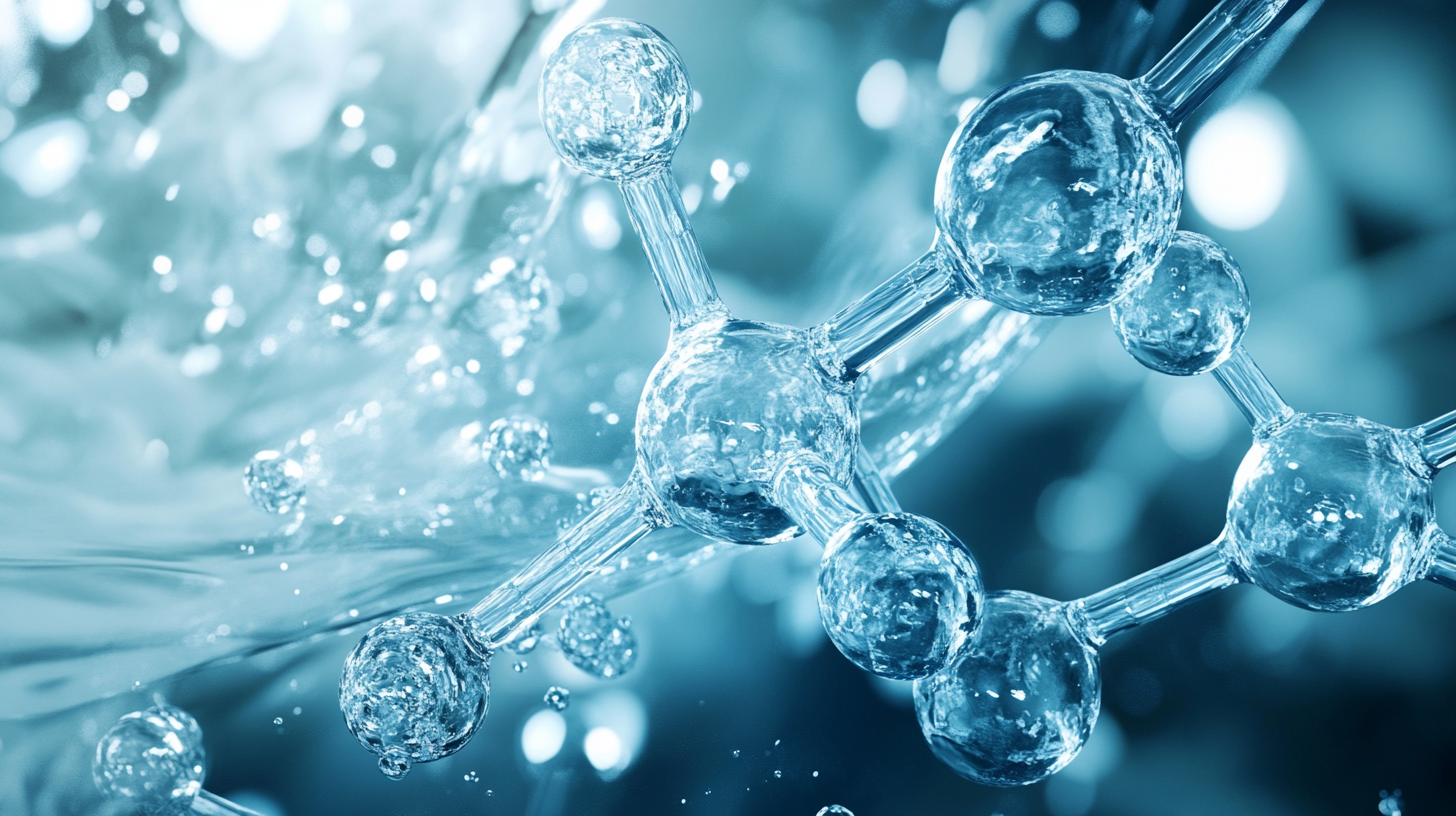
Exploring the Unique Characteristics and Applications of Leading Surfactant Types for Global Buyers
In the realm of Surfactant Manufacturing, China has emerged as a global leader, renowned for its consistent quality and innovation. According to a report by Markets and Markets, the global surfactants market is projected to reach USD 52.2 billion by 2025, growing at a CAGR of 3.8% from 2020. This growth is propelled by the increasing demand across various sectors including personal care, household products, and industrial applications.
As such, understanding the unique characteristics of leading surfactant types is essential for global buyers seeking reliable solutions. This blog explores the distinct properties and versatile applications of surfactants, emphasizing the importance of quality in a rapidly evolving market that continues to value the trusted craftsmanship of Chinese manufacturers. With a commitment to excellence, these manufacturers are not only meeting the market needs but also setting new standards in product performance and sustainability.

Understanding the Different Types of Surfactants Available in the Market
 Surfactants, or surface-active agents, play a crucial role in various industries, from personal care to household products. Understanding the different types of surfactants available in the market is essential for global buyers aiming to select the most suitable products for their needs. Surfactants can be broadly categorized into anionic, cationic, nonionic, and amphoteric types. Each category possesses unique characteristics that influence their functionality and applications.
Surfactants, or surface-active agents, play a crucial role in various industries, from personal care to household products. Understanding the different types of surfactants available in the market is essential for global buyers aiming to select the most suitable products for their needs. Surfactants can be broadly categorized into anionic, cationic, nonionic, and amphoteric types. Each category possesses unique characteristics that influence their functionality and applications.
Anionic surfactants, known for their excellent cleansing properties, are commonly used in shampoos and detergents. They generate a negative charge that enhances foaming and emulsification. In contrast, cationic surfactants carry a positive charge, making them ideal for use in fabric softeners and hair conditioners, where they help reduce static and improve the texture of fabrics and hair. Nonionic surfactants are mild and less sensitive to water hardness, making them suitable for formulations like hand soaps and baby products. Lastly, amphoteric surfactants can switch charges depending on the pH, allowing for versatile applications in various formulations, including personal care and industrial cleaners. Understanding these distinctions is crucial for buyers to tailor their selections to their specific product requirements.
Key Characteristics That Define High-Quality Surfactants
The quality of surfactants is defined by several key characteristics that determine their effectiveness in various applications. Surfactants, or surface-active agents, possess amphiphilic properties, enabling them to reduce surface tension and enhance solubility in both aqueous and non-aqueous environments. High-quality surfactants typically exhibit strong emulsification abilities, allowing for the stable blending of oil and water, making them essential in industries like cosmetics and food production. According to a 2021 report by MarketsandMarkets, the global surfactant market is projected to reach USD 45 billion by 2025, driven largely by increased demand for versatile surfactant solutions in personal care and industrial cleaning.
Another vital aspect that distinguishes high-quality surfactants is their biodegradability and ecological safety. With the rising consumer awareness of environmental sustainability, many leading manufacturers are focusing on developing bio-based surfactants derived from renewable resources. A study by the American Cleaning Institute highlights that biodegradable surfactants can significantly reduce the aquatic toxicity and environmental impact, which has become a critical factor influencing purchasing decisions among global buyers. These characteristics not only enhance performance but also align with sustainable industry practices, meeting the stringent regulatory requirements observed in numerous markets.
Key Characteristics of Leading Surfactant Types
This chart displays the efficacy index of various surfactant types, highlighting their effectiveness in applications. Anionic surfactants show the highest efficacy, followed by amphoteric, cationic, and nonionic types.
Strategies to Evaluate and Select Reliable Surfactant Suppliers
When it comes to sourcing surfactants, global buyers must employ effective strategies to evaluate and select reliable suppliers. First and foremost, understanding the supplier's reputation in the industry is crucial. This can be done through researching customer reviews, seeking recommendations from trusted peers, and verifying certifications that demonstrate compliance with international standards. A supplier’s track record of consistent product quality and timely delivery can serve as indicators of reliability.
Another vital strategy is to engage in direct communication with potential suppliers. Requesting samples or trial orders allows buyers to assess product performance and suitability for their specific applications. Additionally, discussing the supplier's sourcing of raw materials and adherence to sustainable practices can reveal their commitment to quality and ethical standards. Buyers should also consider suppliers that offer technical support and customized solutions, as these services enhance the overall partnership and foster long-term collaboration.
Sustainable Practices in Surfactant Production and Sourcing
Sustainable practices in surfactant production and sourcing are gaining momentum as industries pivot towards eco-friendliness. According to a report by MarketResearchFuture, the global surfactants market is expected to reach USD 43.43 billion by 2027, with a notable demand for bio-based and sustainable alternatives. This shift is largely driven by consumer awareness and regulatory pressures aimed at reducing plastic waste and harmful chemicals in personal care and household products. Leading manufacturers are investing in innovative production methods, such as enzymatic processes and green chemistry, which significantly reduce water usage and energy consumption.
Moreover, sustainable sourcing of raw materials is becoming a critical factor. The growing trend towards the circular economy encourages companies to utilize renewable resources and waste-derived feedstocks. For instance, the European Surfactants Association noted that around 40% of surfactants are now derived from renewable resources, a figure that is expected to rise as technologies advance. This transformation not only enhances product sustainability but also addresses the environmental impact associated with conventional petrochemical-derived surfactants. Embracing these practices not only meets consumer demands but also positions companies favorably in an increasingly eco-conscious market.
Exploring the Unique Characteristics and Applications of Leading Surfactant Types for Global Buyers - Sustainable Practices in Surfactant Production and Sourcing
| Surfactant Type | Characteristics | Common Applications | Sourcing Sustainability |
|---|---|---|---|
| Nonionic Surfactants | Low foaming, mild, and good stability | Household cleaners, personal care products | Plant-based sources, biodegradable options |
| Anionic Surfactants | Strong detergency and foaming properties | Laundry detergents, shampoos | Recycled materials, eco-friendly production |
| Cationic Surfactants | Biocidal effects, excellent conditioning | Hair conditioners, fabric softeners | Sourcing from sustainable feedstocks |
| Amphoteric Surfactants | Mildness and versatility in pH | Body washes, baby products | Use of non-toxic materials, waste reduction |
Emerging Trends in Surfactant Applications for Diverse Industries
 In recent years, surfactants have gained significant attention across various industries due to their versatile applications and emerging trends. One of the most notable trends is the growing demand for sustainable surfactants. With increasing environmental awareness, manufacturers are focusing on biodegradable and non-toxic surfactants that minimize ecological impact. Industries such as personal care and household cleaning are shifting towards eco-friendly formulations, reflecting a broader commitment to sustainability and responsible consumption.
In recent years, surfactants have gained significant attention across various industries due to their versatile applications and emerging trends. One of the most notable trends is the growing demand for sustainable surfactants. With increasing environmental awareness, manufacturers are focusing on biodegradable and non-toxic surfactants that minimize ecological impact. Industries such as personal care and household cleaning are shifting towards eco-friendly formulations, reflecting a broader commitment to sustainability and responsible consumption.
Moreover, the rise of advanced formulation technologies is enhancing the functionality of surfactants. Innovations in nanotechnology and encapsulation techniques are enabling the development of surfactants that provide improved efficacy, stability, and controlled release properties. This advancement is particularly relevant in industries like agriculture, where surfactants are crucial in enhancing pesticide performance and reducing chemical usage. As global buyers navigate these evolving trends, it is imperative to consider not only performance but also the environmental and commercial implications of surfactant choices.
